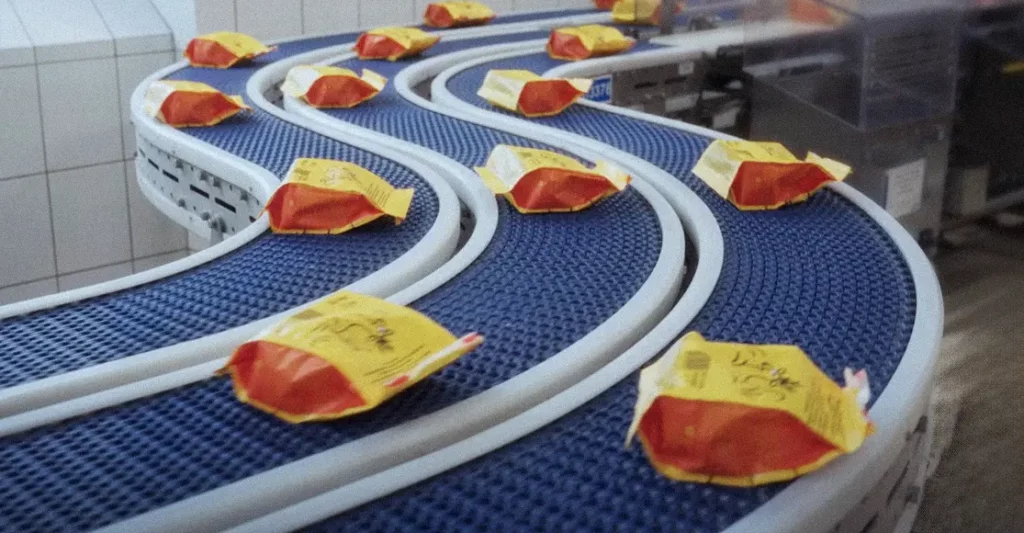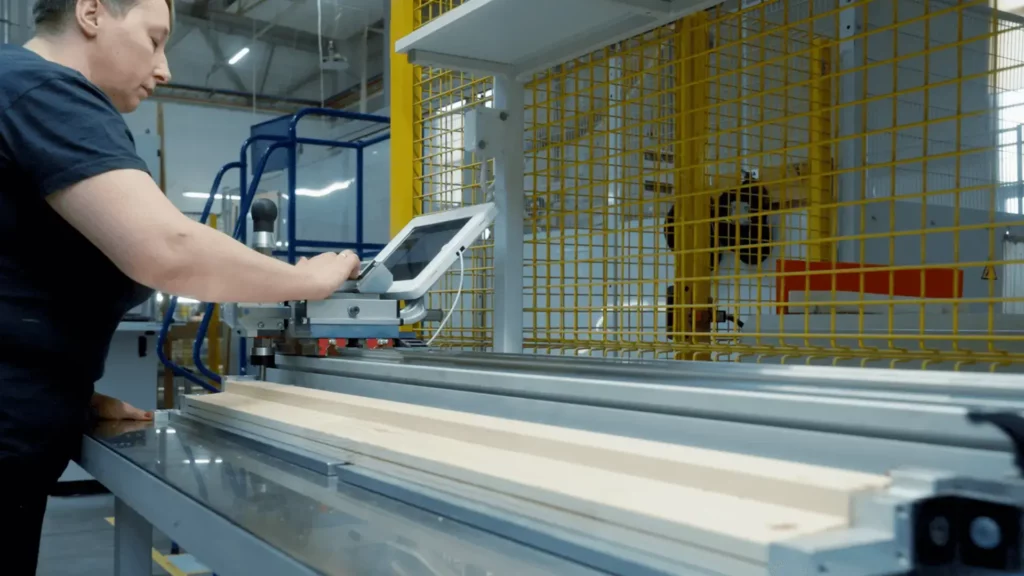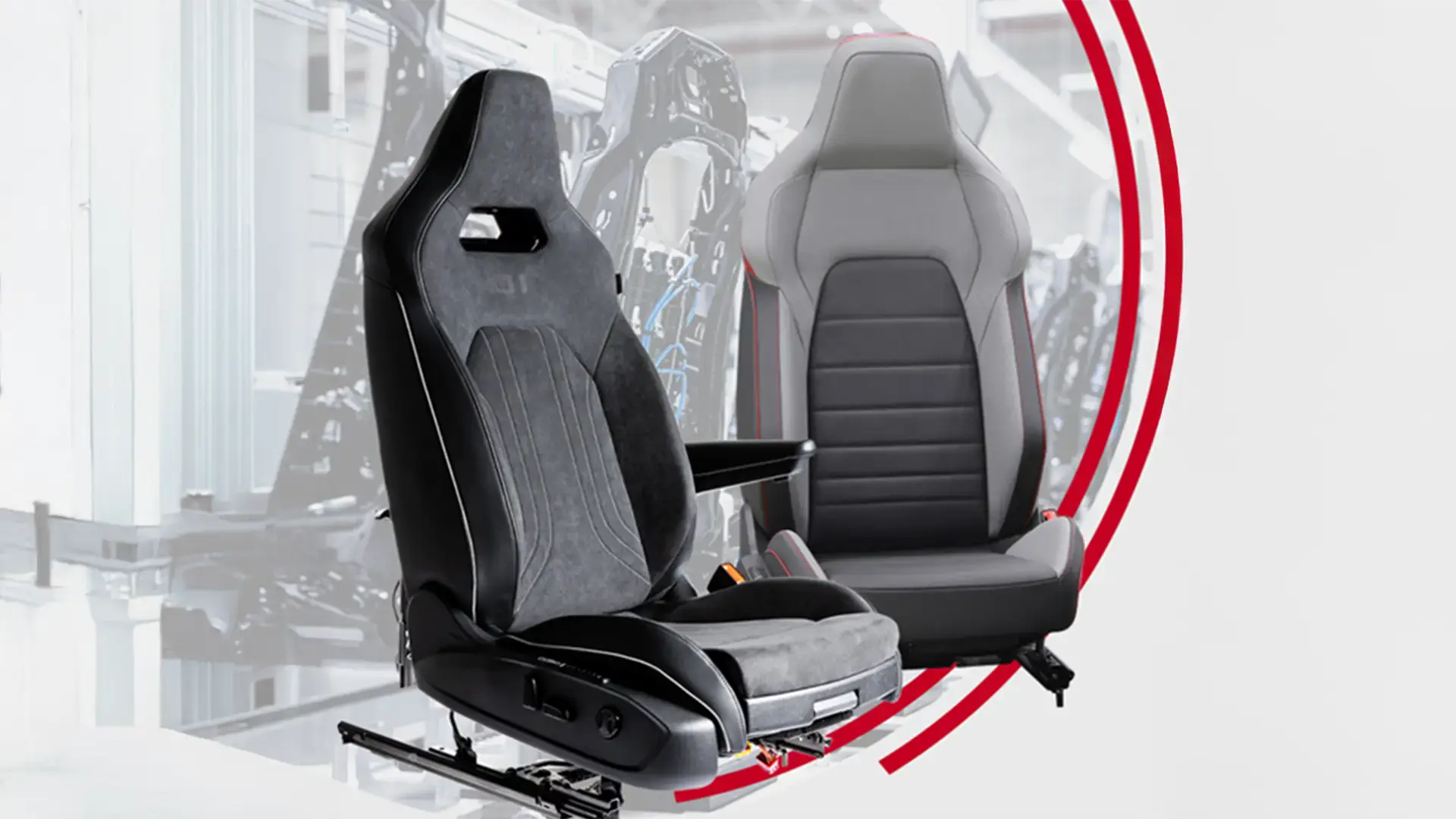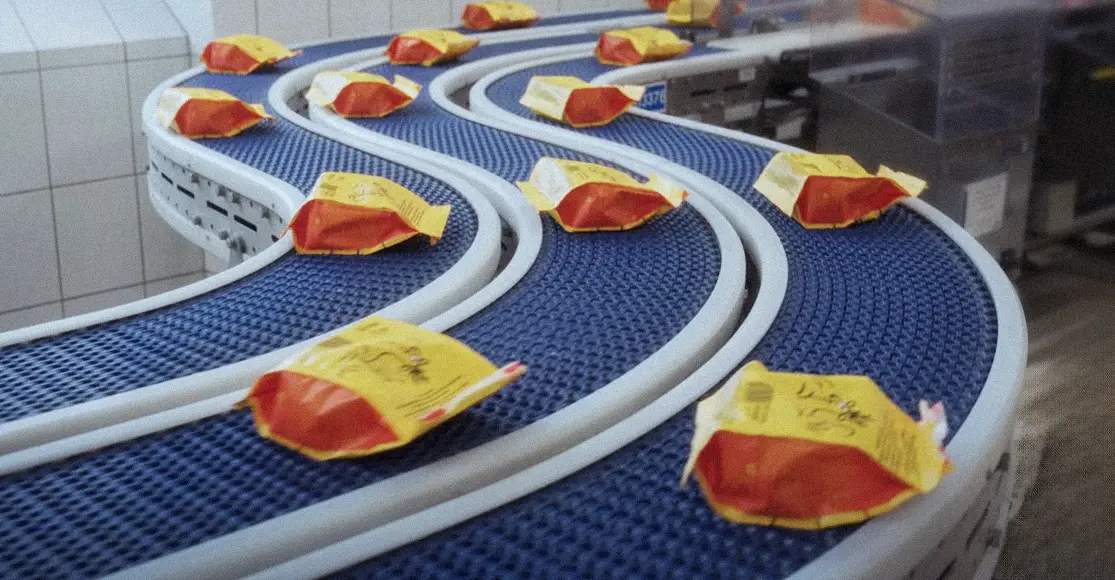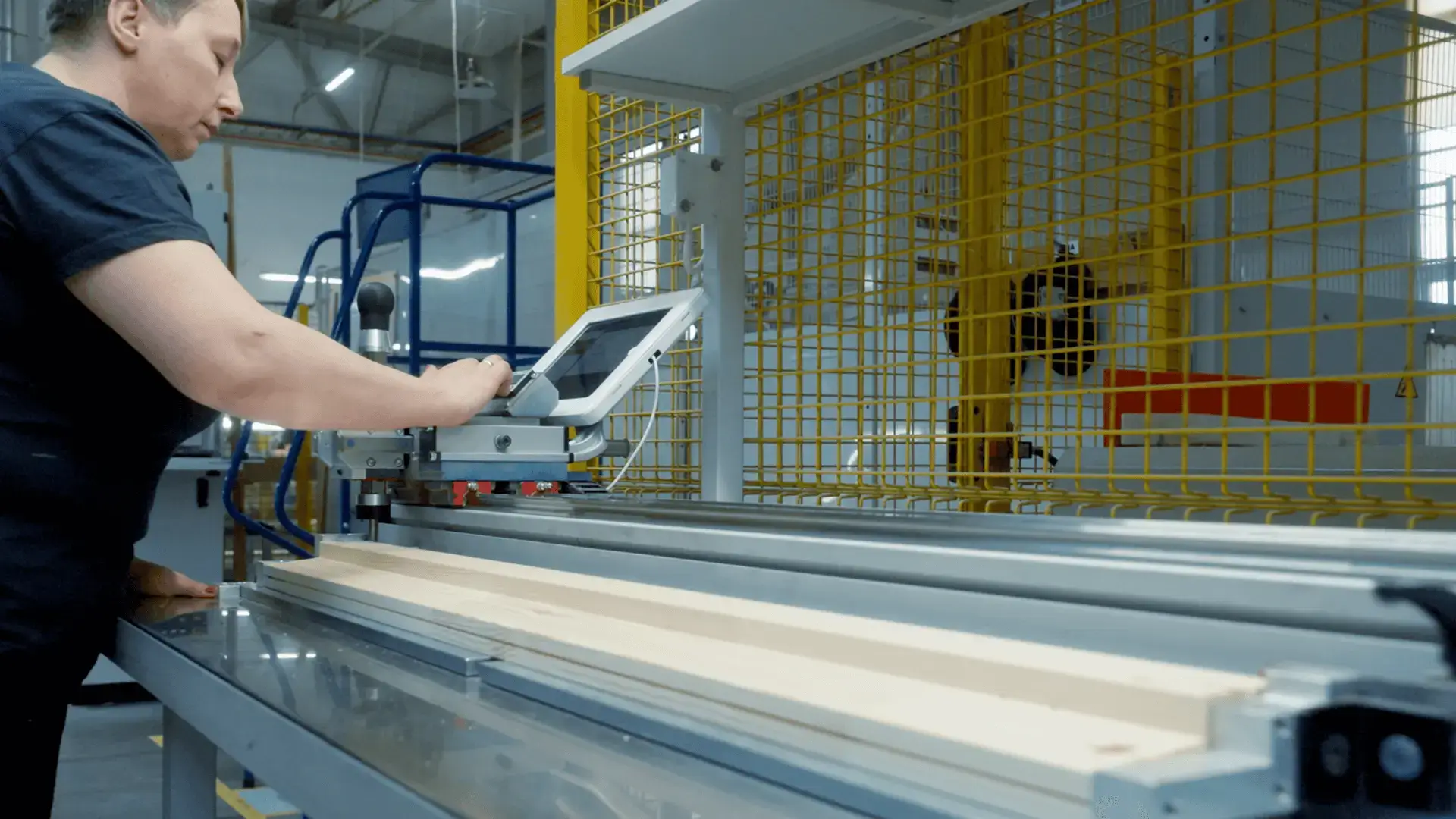
Digitalization Well Planned: On the Pilot Implementation of MES at BART

It’s safe to say that BART knows everything there is to know about packaging. For over 30 years, the company has been providing clients with a wide range of packaging solutions and high-quality, durable cardboard. BART’s packaging comes in all shapes and sizes – standardized or customized to individual designs. It is durable, practical, and tailored not only to the products being packed but also to logistical conditions. In a word: optimal.
Currently, the company operates on 72,000 square meters of production and warehouse space, with production taking place on 18 state-of-the-art manufacturing lines. BART has earned a reputation as a modern company that places great value on development. A good example of this is one of the most advanced lines for corrugated cardboard production from BHS Corrugated or the use of digital color templates instead of physical samples. Therefore, the pilot implementation of MES was far from the company’s first encounter with digital transformation.
| BART’s goals: | Benefits: |
|---|---|
| Primary goal: Increasing production potential MES pilot project objectives: | · 23% productivity increase in the pilot area (comparing data from May 2023 with May 2024) · Improved decision-making efficiency |
| Software used: | Delivered functionalities: |
| · ImProdis MES | · Integration with machines · Real-time monitoring of production order execution · Continuous access to information on current machine availability and performance · Precise data on downtime duration and causes · Integration with ERP |
In the initial phase, the project team jointly defined the needs, available resources, and data to be automatically collected from the machine. They also identified the information that operators could record and, together with them, compiled a list of the most common causes of downtime.
The next step was to determine the project’s key tasks for each team member, set the stages and deliverables, and prepare detailed schedules of implementation activities. An important aspect emphasized throughout was holding regular status meetings to boost effective communication, ensure joint progress monitoring, and steer the project in the right direction.
BART’s objective – to increase production potential by half in three years – was not only highly ambitious but also complex. The implementation plan covered several areas, including investments in machinery, rebranding, brand building, and internal improvement. However, one of the most crucial aspects, and the focus of this article, was the digitalization of production processes.
The key step in this area was the pilot implementation of the MES, carried out in partnership with ImFactory. The decision to proceed with it stemmed from the need to improve the efficiency of existing production processes.
“The pilot helped us better understand and accurately measure the ongoing processes, which was key to identifying areas requiring optimization. This need for deeper analysis and process understanding prompted us to start working with ImFactory,” says Arkadiusz Włoch, Production Optimization Coordinator at BART.
As we know, ambitious goals are achieved through small steps. On its path to boosting production capacity, BART adopted an interim goal to improve the performance of one manufacturing line. Specifically, it started with a single machine.
It was a printing machine, one of the most critical in the entire production process. The machine produces both finished products for clients – printed cardboard sheets – and semi-finished goods that move on to other manufacturing lines, such as die cutters used in the machinery. Improving this machine’s performance was the initial focus of the project.
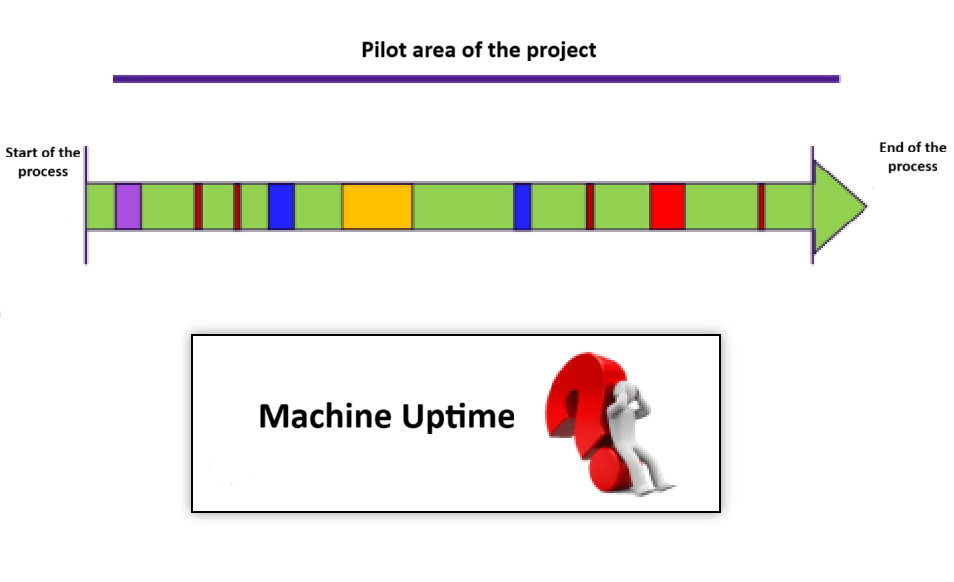
“First, we collected performance data from previous periods to establish a reference point. Then, we began carefully observing its operation, environment, organization of processes, and the production itself. These observations helped us identify the most common machine states throughout the day, such as operation, changeover, failure, unplanned downtime, and downtime due to organizational reasons,” recounts Arkadiusz Włoch.
Initially, these analyses were carried out using simple observation sheets noting the approximate duration of each state. However, the team continually sought a solution that could deliver this information automatically. That solution turned out to be MES.
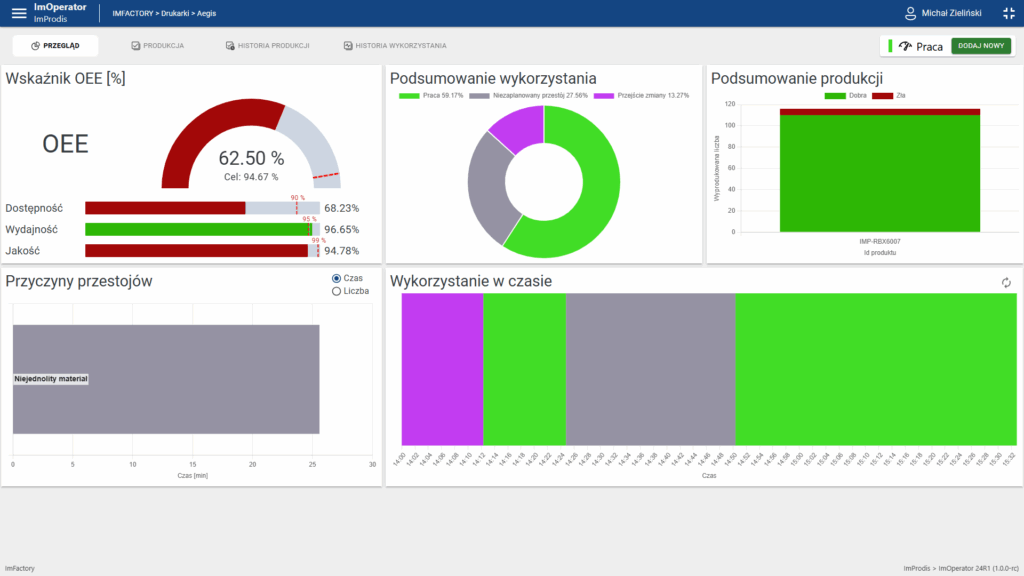
ImProdis MES ImOperator Interface – demonstration data.
“The ImProdis MES system offers a wide range of functionalities, providing effective support for information flow across the three levels of the enterprise: production, operational, and management. It supplies interfaces tailored to the needs of users at each level and includes a reporting system with predefined reports that enable broad analysis of production order progress as well as production availability and efficiency,” states Adam Pachałko, industrial software engineer at ImFactory.
The first consultations with ImFactory took place in June 2023. By the end of September 2023, the first version of the MES was ready, enabling automatic data collection on machine operation. The success of the implementation was certainly influenced by a well-prepared plan.
“Before launching the pilot project, a key step was to define the human resources essential for its implementation. At this stage, we established the project team. From the organizational point of view, we also had to allocate time and assign priorities to every participant of the project.”
In the initial phase, the project team jointly defined the needs, available resources, and data to be automatically collected from the machine. They also identified the information that operators could record and, together with them, compiled a list of the most common causes of downtime.
The next step was to determine the project’s key tasks for each team member, set the stages and deliverables, and prepare detailed schedules of implementation activities. An important aspect emphasized throughout was holding regular status meetings to boost effective communication, ensure joint progress monitoring, and steer the project in the right direction.

“Simultaneously, actions were taken to manage the growing amount of collected data. Still, we never lost sight of the overarching goal – improving the performance of the manufacturing line. That is why the project focused on two main aspects: collecting and processing data in the system, and responding to the insights gained,” mentions Arkadiusz Włoch.
A vital requirement for BART was to integrate its existing ERP system with the MES developed by ImFactory. The combination of both systems proved highly convenient, as it allowed production data to be recorded in one system while the ERP ran in the background.
“Connecting ERP and MES systems greatly simplifies operations for manufacturing companies, eliminating the need to manually enter data into ERP systems or record information on paper. This not only unlocks more time for effective production but also eliminates delays and inaccuracies in transferring information. Integration with MES provides ERP with current and reliable data to make decisions, both operational and strategic,” says Artur Masłowski, Partner | Business Development at ImFactory.

The integration of MES and ERP required developing a “working scenario” from scratch for both systems. To do that, the involvement of an external team – the ERP provider, was necessary. The joint effort led to a solution that enables production recording and live order tracking in the ImFactory system while maintaining ERP as the primary system.
“Feedback and suggestions gathered during system integration with our ERP were extremely valuable to us. Thanks to this, we were able to visualize all the information that an operator needs – from selecting an order to recording production,” adds Arkadiusz Włoch.
A large group of employees from different departments took part in the pilot MES implementation, and each played a significant role in achieving the project’s objectives. The operators proved invaluable – they identified the main causes of machine downtime, which helped to classify them by frequency and integrate them into the system. Therefore, the operators became co-authors of the tool that they now use daily.
Also, as part of the project, a consulting company specializing in production process optimization supported BART, helping the team leverage the improvement potential revealed in MES data. Providing each side with adequate resources and maintaining strong communication ensured the cooperation ran smoothly and effectively, which became one of the key factors behind the project’s success.
“Looking back, the project team played a crucial role – the commitment and contribution of every member allowed us to develop a solution that could be easily and effectively implemented on additional workstations,” emphasizes Arkadiusz Włoch.
Reflecting on the partnership with ImFactory, he adds, “The decision was mainly influenced by your know-how, which perfectly matched our expectations. The professionalism and expertise of ImFactory’s programmers allowed us to quickly achieve our common goal. At BART, we highly value strong cooperation and partnership-based communication following the win-win principle, which we have fully experienced in this collaboration.”
The MES has become an integral part of the operators’ daily work on the machine where the pilot was carried out. The system has since been expanded to additional manufacturing lines and is now fully implemented on 12 machines, used every day across three shifts by 36 main operators.
The system precisely monitors the work of each manufacturing line and provides continuous access to information about order execution, machine availability, and efficiency. This enables quick response to any irregularities and more effective production management.

Extensive access to historical data through the reporting module allows for in-depth analysis and identification of areas that require improvement or restructuring. In the broader perspective, the system also supports rational, well-justified planning of future investments.
The MES continues to evolve and adapt to the company’s needs. As Arkadiusz Włoch explains, “A significant update we introduced was a real-time overview of each machine’s operating speed. The speed chart, resembling a heart rate monitor, helps us thoroughly understand and analyze the performance of each manufacturing line.”
BART is also developing its own BI reporting system, fed with data from various sources, including MES. This presents an opportunity to track trends and shifts, as well as providing information about limitations in a much broader context.
“Thanks to the experience gained during the pilot, we were able to implement the solution much more easily and quickly on subsequent lines. Throughout the project, we also acquired new competencies and skills that continue to enhance our efficiency in data collection and information processing. These experiences strengthen our organization and form a solid foundation for future projects,” says Arkadiusz Włoch.
And he adds, “We believe that the work completed during this project has made us one of the most aware organizations in the industry. The competition is well-organized, which means we must be even more professional. Our success relies on continuous improvement.”
This awareness is clearly reflected in the company’s activities, which are strongly oriented toward process automation and robotics. BART’s future plans related to MES – expanding system functionality, implementing it on new manufacturing lines, and integrating it with additional analytical tools – all go hand in hand with the company’s dynamic growth and evolving manufacturing needs.
BART is fully aware of the current priorities: focusing on technologies that support data analytics, ensuring cybersecurity, and adopting AI-based solutions. Still, Arkadiusz Włoch emphasizes, “When introducing new technological solutions, we follow a pragmatic approach that prioritizes the well-being of our employees. We believe that technological development should not only support business but also create a friendly and safe working environment.”
Today, MES is an inseparable part of BART’s daily operations. Yet, the company is not resting on its laurels. Consistently and with admirable determination, it responds to all suggestions. Supported by ImFactory, the company introduces changes that make it even easier for operators to navigate the system, and for management to make even better use of data in decision-making.
As Arkadiusz Włoch summarizes, “Comparing data from May 2024 with May 2023, we recorded a 23% performance increase in the pilot area. It’s an important step forward, but we still see the potential for further optimization and continue working to increase efficiency.”
The pilot implementation confirmed that MES data makes it possible to introduce improvements, making the ambitious goal – to increase the production potential by half in three years – entirely achievable.
The article is based on materials prepared by Arkadiusz Włoch, Production Optimization Coordinator at BART.
Editing: Marta Trojniar
Technical consultation: Artur Masłowski
The images used in this article, presenting functionalities of the ImProdis MES implemented at BART, are exemplary and sourced from ImFactory’s demonstration system.
See also
Want to learn more? Visit our Knowledge Base, where you'll find articles and webinars by experts to expand your knowledge.
Check if Digital Transformation is the Answer to Your Company's Needs


























